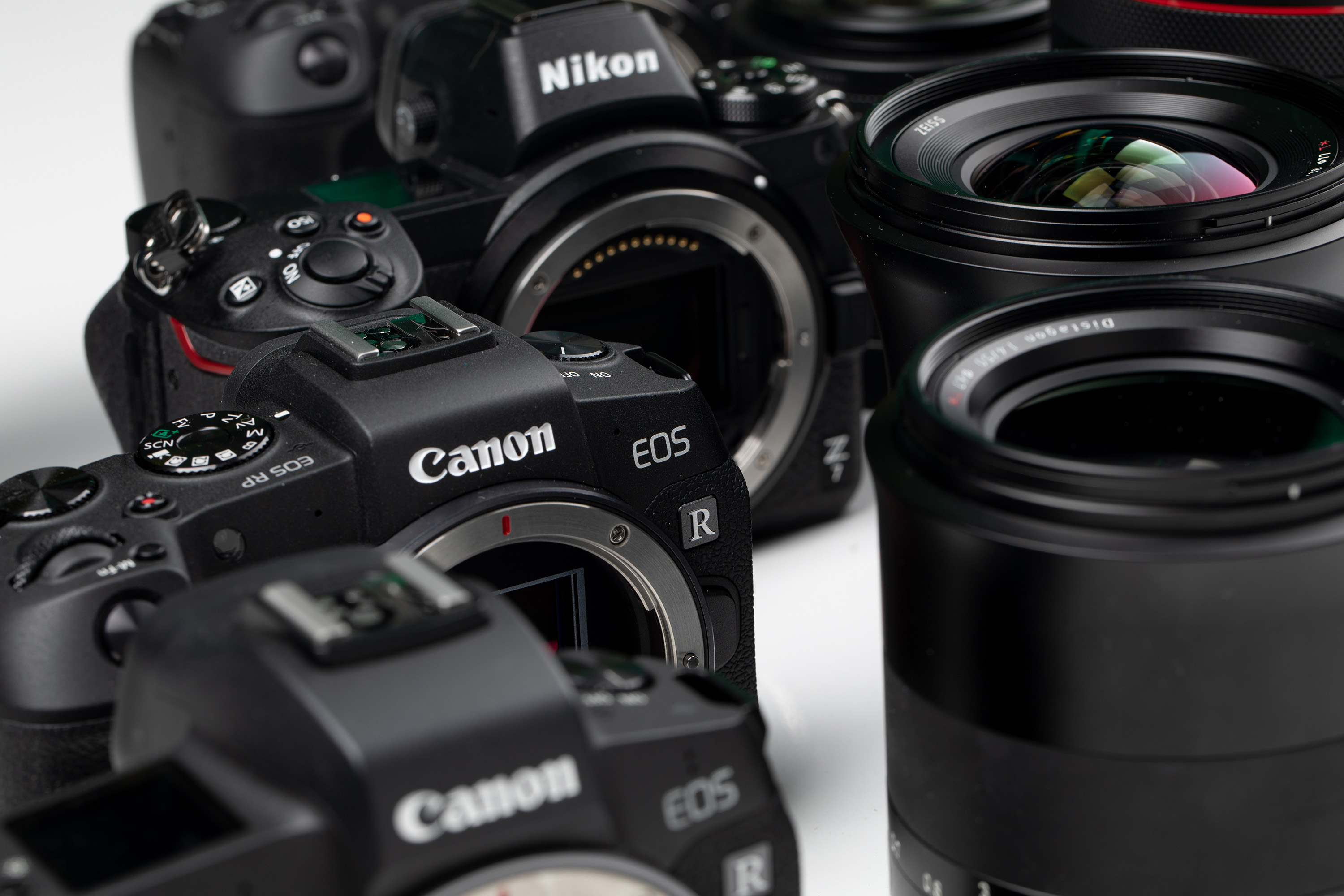The SA mount was developed for film SLR cameras, which have mirrors that are used to compose and focus, and then moved out of the way to take the photo. These cameras had a flange focal distance (ffd) of 44mm, sufficient to accommodate the mirror, placing the rear of the lens significantly farther from the film plane compared to a rangefinder or mirrorless digital camera.
Vestigial refers to a remnant of a now-obsolete system. The appendix, for example. Or, a spacer for a non-existent mirror box in a mirrorless camera, like this abomination.

Designing lenses for the SA mount entails making optical compromises that are simply unnecessary if one designed for the shorter ffds of mirrorless designs, like the L Mount, E Mount, etc.
The newest Sigma lenses are designed for the shorter ffds of mirrorless cameras, so buying an SA mount camera is buying into an evolutionary dead end.
Is the price of the body low enough that this makes sense?


